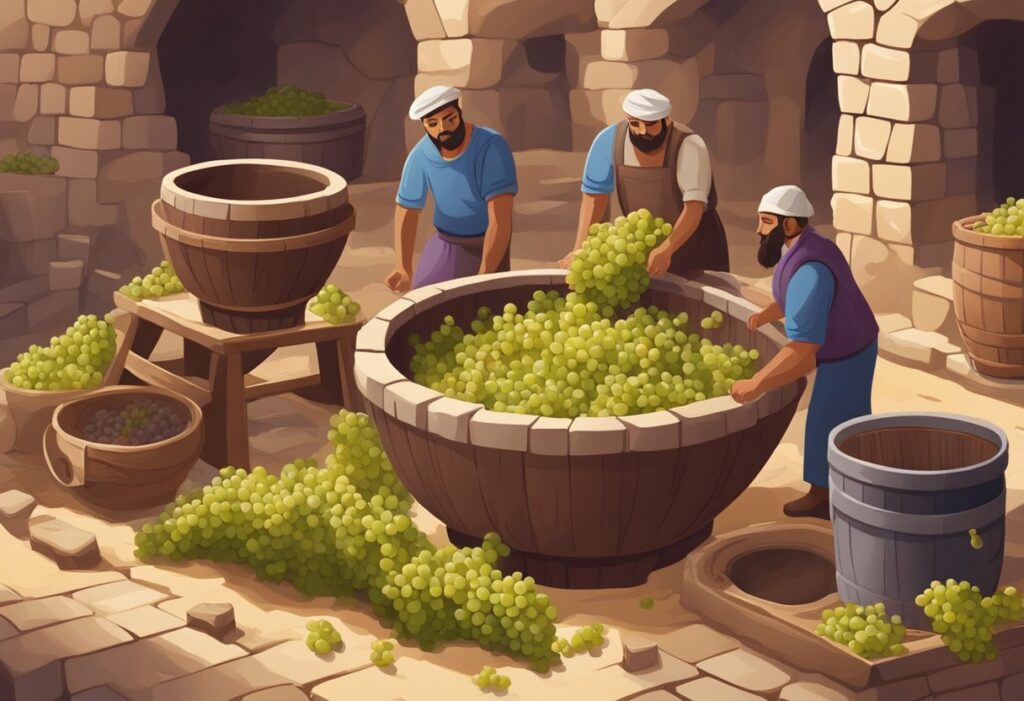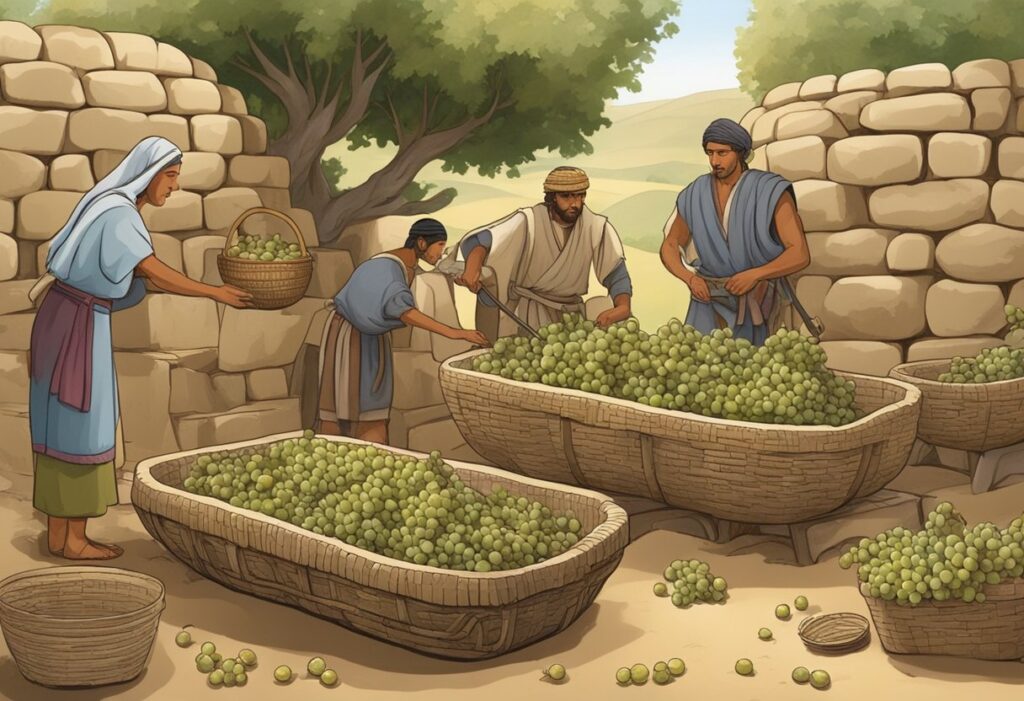Wine has a rich history that spans across continents, cultures, and centuries. From the ancient vineyards of Egypt and Greece to the bustling wineries in modern-day South Africa and Australia, viticulture’s journey reflects the human passion for winemaking. This enthusiasm has carved out some of the most renowned wine regions in the world, like the sun-drenched valleys of Bordeaux and the rolling hills of Tuscany.
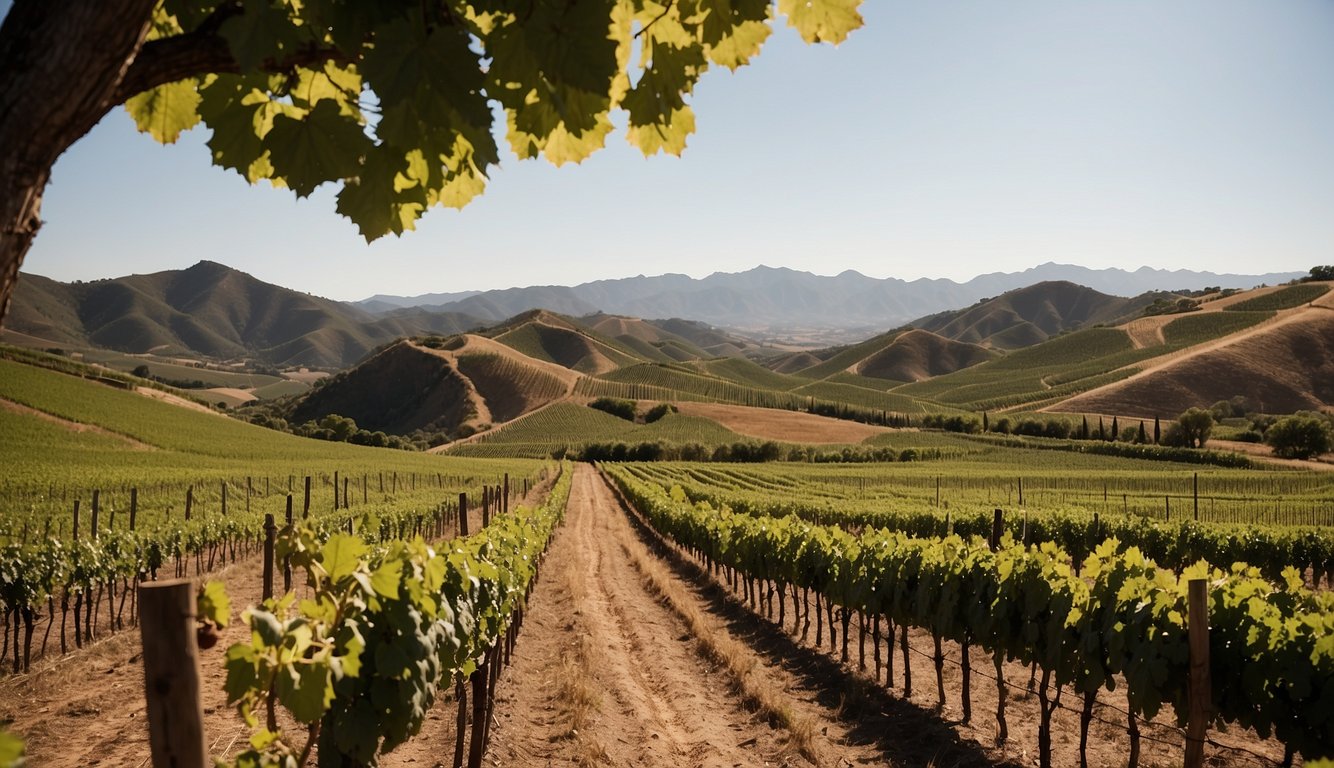
When you sip on a glass of wine, you are tasting more than just fermented grape juice. You are experiencing the geography and heritage of the region where it was produced. Ancient civilizations recognized the profound impact of geography on the characteristics of wine. Today, this knowledge is passed down through generations, giving each bottle its unique story. Recent studies show how grape domestication has played a vital role in shaping viticulture globally.
Modern winemakers continue to explore new regions and techniques, further expanding the global map of viticulture. From traditional European areas to emerging hotspots in the Americas, the spread of wine production reflects a blend of old traditions and innovative practices. Whether you’re a seasoned wine enthusiast or new to the world of wine, every bottle offers a chance to travel through time and place with each sip.
The Origins of Viticulture and Historical Journey
The story of viticulture begins thousands of years ago, stretching from the ancient regions of Western Asia to various parts of Europe. The domestication of grapes and the trade of wine have shaped cultural traditions throughout history.
From Neolithic Beginnings to the Spread in Europe
Viticulture traces back to the Neolithic era, specifically in regions like Georgia, Armenia, and Iran. Evidence from pottery vessels shows that early communities were cultivating grapevines as early as 6,000 BC. The techniques and practices used in these regions laid the foundation for winemaking traditions.
As viticulture expanded, these ancient methods spread to Greece and Italy. By the time of the Romans, vineyards were established in many parts of Europe. The Romans played a significant role in spreading viticulture to places like France and Spain. They understood the importance of geography, selecting prime locations for their vineyards. This spread of viticulture was not just about the cultivation of grapes but also about cultural exchange and the economic value of wine.
Domestication of Vitis vinifera and Ancient Trade
The domestication of the grape species Vitis vinifera was crucial for the development of viticulture. Knowing how to cultivate and selectively breed grapevines led to more consistent and higher-quality wine production. This domestication began in Western Asia, where the conditions were ideal for grape growing.
Ancient trade routes played a pivotal role in spreading viticulture. Wine became a valuable trade commodity, exchanged between regions and civilizations. The Greeks and Romans were instrumental in trading wine across the Mediterranean. Pottery vessels discovered in archaeological sites show the extent of this trade. These vessels were used to store and transport wine, ensuring its spread far and wide.
Trade helped disseminate not just the wine itself but also the knowledge of winemaking. This sharing of ideas and techniques enriched the viticulture traditions in Europe and beyond.
Geography, Climate, and Viticultural Expansion
The expansion of viticulture across the world has been shaped largely by geography and climate. The unique characteristics of each wine region created distinct wines reflecting their origin.
Terroir: The Interaction of Soil, Topography, and Climate
Terroir refers to how soil, topography, and climate interact to influence wine. You can think of it as the fingerprint of a vineyard. Soil types vary, from the limestone-rich soils in Burgundy to the volcanic soils in Sicily. These differences can affect the flavor and structure of the wine.
Topography also plays a role. Vineyards on slopes can benefit from better drainage and sun exposure. The steep terraces along the Mosel River in Germany show how slope can aid grape growing.
Climate is crucial. Mediterranean climates, like those in Southern France and Italy, have long, sunny growing seasons and mild winters. This is ideal for many grape varieties. In contrast, cooler climates, like those in Germany, may suit grapes that can thrive in less heat.
Impact of Climate Change on Wine Production
Climate change has become a pressing issue for vineyards worldwide. Rising temperatures and erratic weather patterns have significant effects. In some regions, global warming leads to earlier harvests and alters the vine growth cycle.
One impact of increased heat is on grape composition. Higher temperatures can cause grapes to ripen faster, leading to higher sugar levels and, consequently, higher alcohol content in wine.
In other regions, changing weather patterns affect water management. Vineyards may face more frequent droughts or unexpected heavy rains. These challenges require innovative solutions, like improved irrigation techniques or selecting heat-resistant grape varieties.
Understanding these elements can help you appreciate the complexity and diversity of wines from different regions. The geography, soil, and climate of a vineyard play a crucial role in the final product you enjoy.
Cultural and Scientific Contributions to Wine Growing
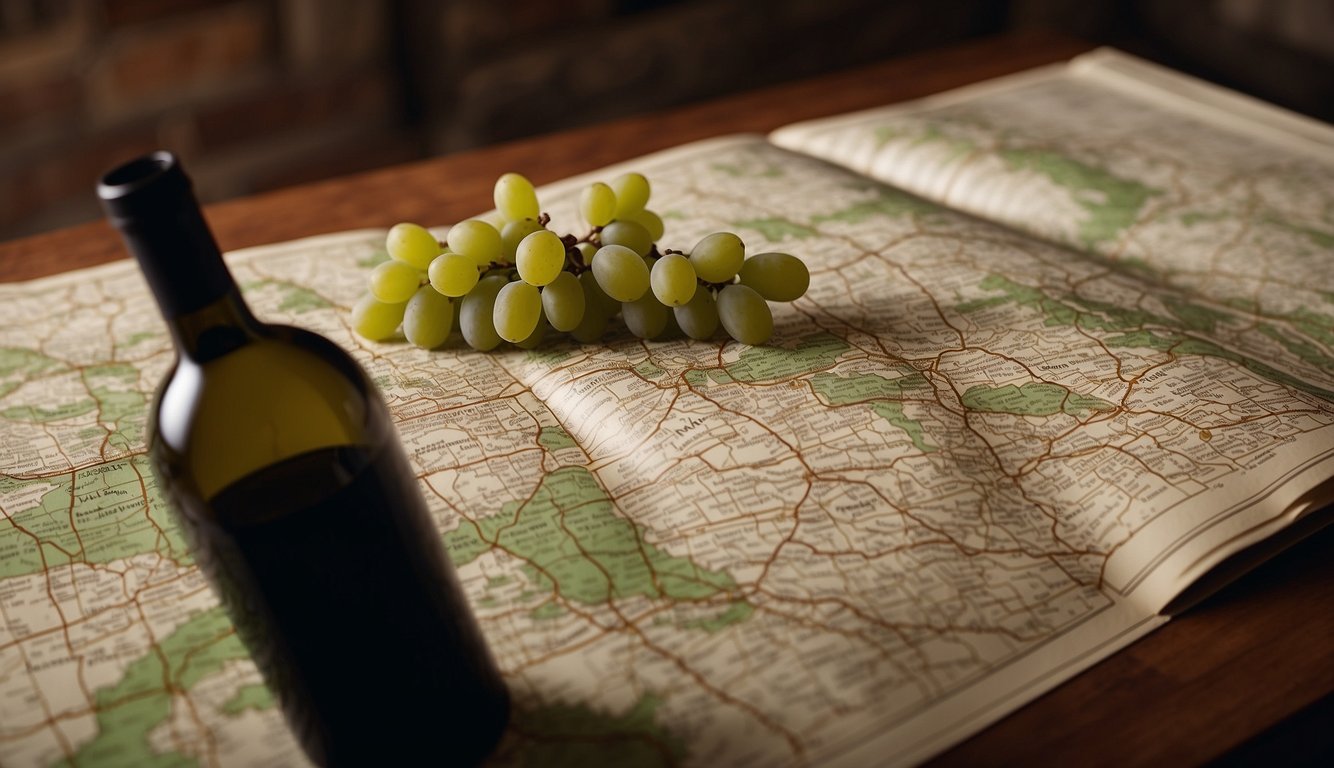
Innovation and tradition shape the way wine is made today. From the artistry in the vineyard to cutting-edge technology, both cultural and scientific advancements play a key role in wine production.
Art and Science in the Vineyard
The cultivation of wine has always balanced art and science. Ancient cultures like the Egyptians, Greeks, and Romans contributed to early viticulture with methods that are still being refined today. These ancient techniques recognized the importance of geography, climate, and soil.
Artistic aspects include the careful selection of grapevine varieties and the nurturing of vines to produce the best grapes. Each step can impact the flavor and quality of the wine, making the grape growers’ experience and intuition crucial.
Scientific contributions have added layers of understanding to these traditional methods. Studies on grapevine genetics and the use of modern agricultural practices help growers optimize yields and manage vineyards more effectively. Blending tradition with scientific insights leads to innovative ways to enhance the art of wine growing.
Technological Advancements in Precision Viticulture
With technology, wine growing has become more precise. Precision viticulture uses tools like remote sensing, GPS, and GIS to monitor vineyards closely. These technologies help in managing the water, soil, and vine health efficiently.
Remote sensing involves the use of satellite or drone imagery to assess vine health and stress levels. This allows for targeted interventions, reducing waste and increasing grape quality. GPS technology helps in mapping vineyards accurately, ensuring precise application of treatments and harvest planning.
GIS (Geographic Information Systems) integrates data from various sources to provide a detailed picture of the vineyard environment. By using these technologies, growers can make informed decisions that improve both the sustainability and productivity of their vineyards. The ability to gather and analyze detailed data means every part of the vineyard can be managed with pinpoint accuracy, enhancing wine production.
These tools illustrate the significant contributions of science and technology to modern viticulture, transforming how winemakers approach the craft.
Diversity and Characteristics of Wine Regions
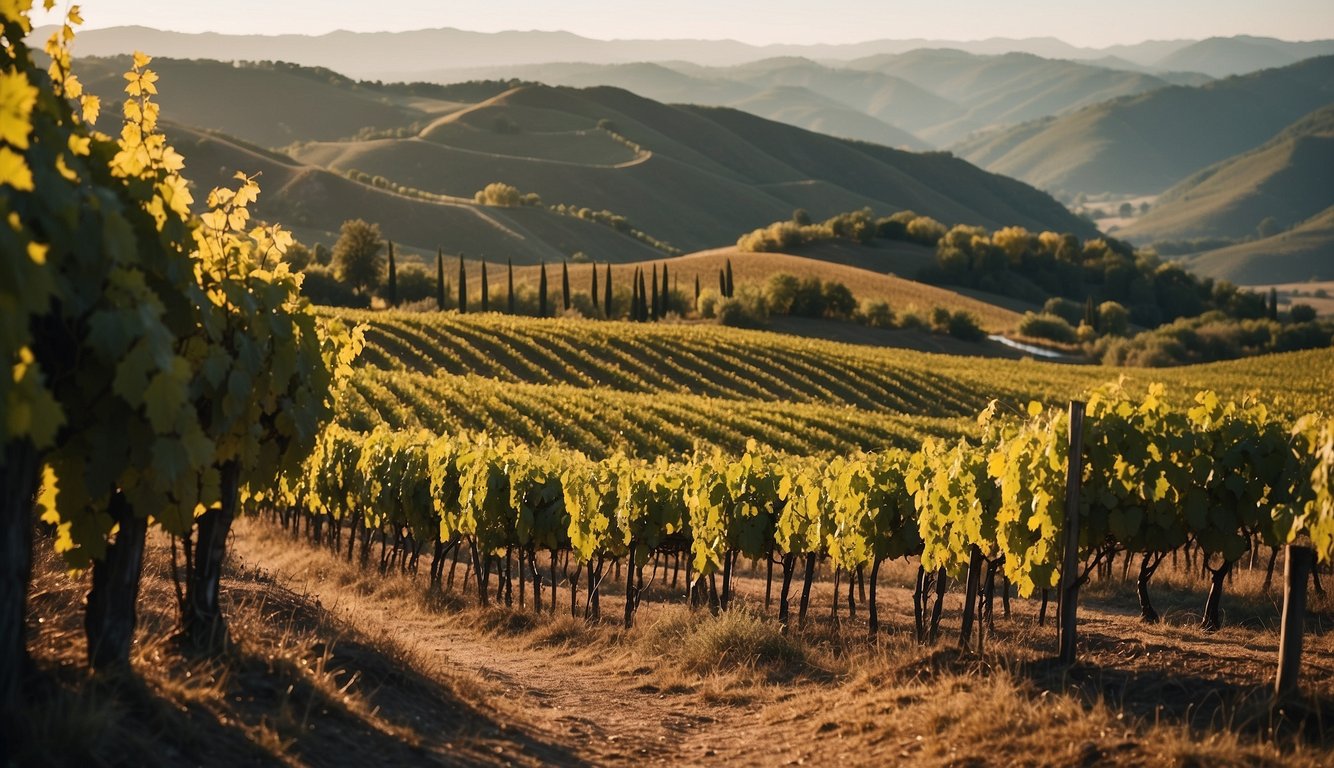
Wine regions around the world offer unique flavors and characteristics that reflect their geography and climate. From Europe’s historic vineyards to the innovative regions in the New World, each area brings something special to the table.
Old World Charm: Europe’s Esteemed Wine Regions
Europe is home to some of the most famous wine regions in the world. France boasts prestigious areas like Bordeaux, Burgundy, and Champagne. Bordeaux is known for its bold reds, while Burgundy’s Pinot Noir and Chardonnay are celebrated. Champagne is, of course, synonymous with sparkling wine.
Italy offers the lush hills of Tuscany, where you can enjoy robust red wines like Chianti. Each of these regions has a long history of winemaking, often dating back hundreds of years.
In Spain, regions such as Rioja produce rich reds, and Germany’s Rheingau and Mosel regions are known for their excellent Rieslings. All these areas reflect the deep roots and traditional methods that have shaped European wine.
New Horizons: Exploring New World Vineyards
In the New World, innovation and variety are key. America, particularly Napa Valley and Oregon, produces diverse wine selections. Napa Valley is renowned for its high-quality Cabernet Sauvignon, while Oregon’s Willamette Valley excels with its Pinot Noir.
Australia’s Barossa Valley offers powerful Shiraz, and New Zealand’s Marlborough region is famous for its refreshing Sauvignon Blanc. Other notable New World regions include Chile, where you find vibrant Carménère, and Argentina, known for its Malbec from the Mendoza region.
South Africa‘s wineries, especially from the Western Cape, produce exceptional blends. Don’t miss Canada‘s Okanagan Valley, which provides a unique range of wines due to its diverse climate and soil conditions.
Wine Culture and Global Trends
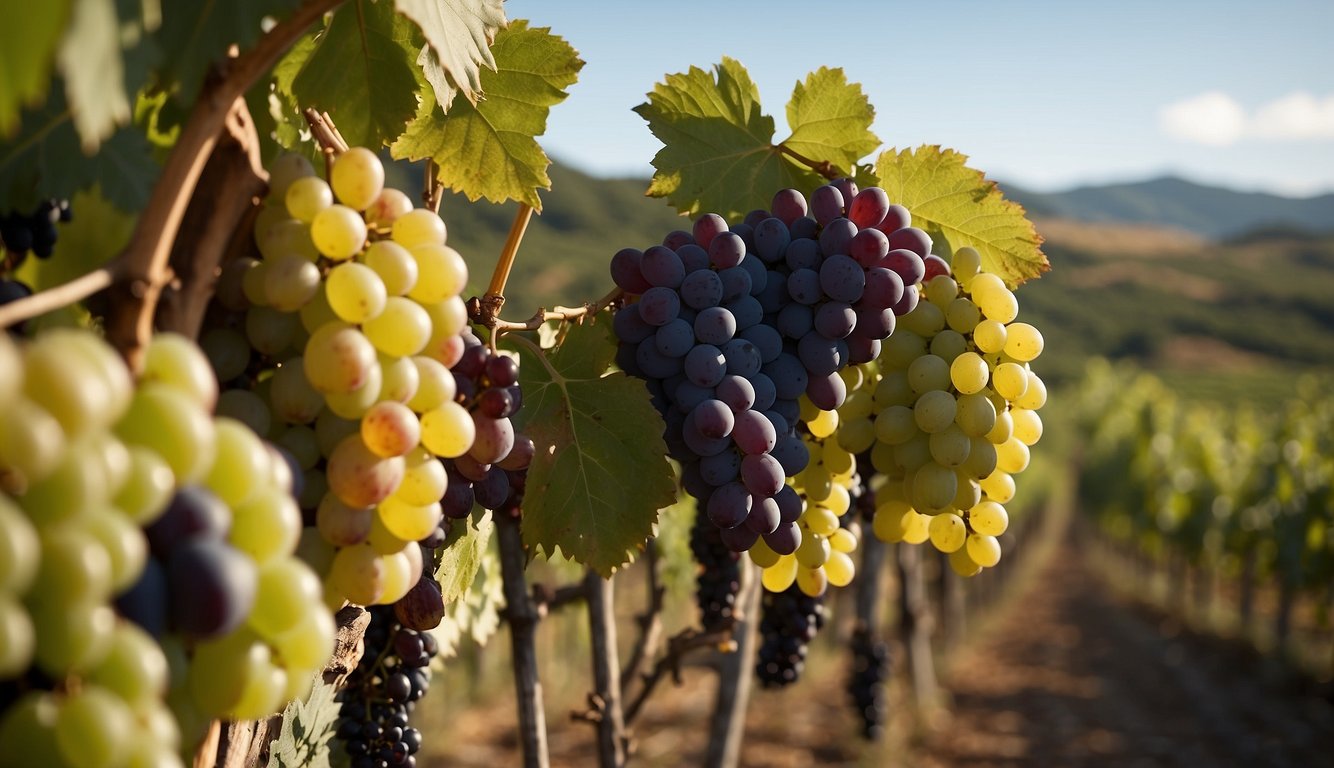
Wine plays a significant role in cultural and economic landscapes worldwide. This section explores how wine tourism impacts local economies and how sustainability shapes the future of winemaking.
Wine Tourism and Economic Impact
Wine tourism is a major driver for many regional economies. When you visit renowned areas like Napa Valley, you contribute to a vast economic ecosystem. Tourism supports local jobs in vineyards, restaurants, and hospitality sectors.
The cultural experience of wine tasting, combined with unique landscapes, attracts millions annually. This influx of visitors increases wine sales and promotes local wine trade. Additionally, events like wine festivals enhance wine consumption, further boosting the economy. By engaging with tourists, wineries can showcase different wine styles, taste, aroma, and flavor profiles.
Sustainability and the Future of Winemaking
Sustainability in winemaking is crucial. Changes in climate and environmental consciousness have pushed the industry towards more eco-friendly practices. You may notice organic and biodynamic wine labels, indicating a focus on sustainable agriculture and genetic diversity of grape varieties.
Sustainable methods help maintain wine quality and protect the land for future generations. Practices may include water conservation, reduced pesticide use, and soil health improvement. The shift towards sustainability also includes energy-efficient production techniques and packaging. This approach helps wineries adapt to changing conditions and ensures the preservation of the cultural landscape surrounding winemaking.
